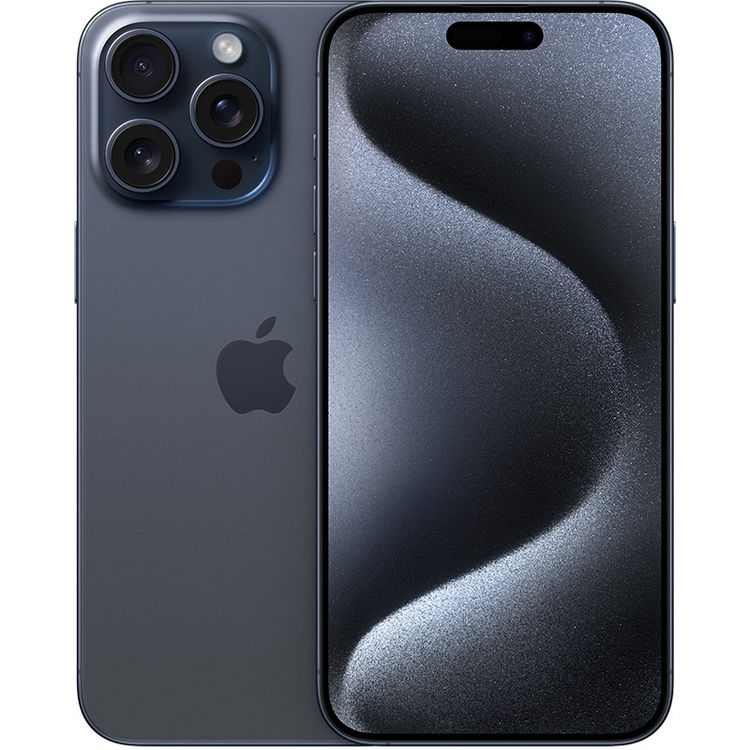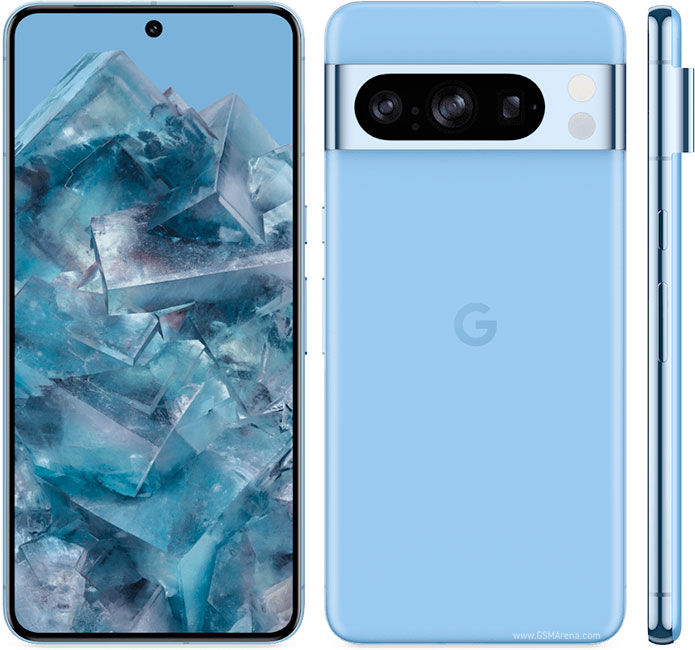Top 5 5G Phones of 2024: The Pros and Cons
- Tien Hoang Minh
- Aug 10, 2024
- 4 min read
Updated: Aug 11, 2024
As we step into 2024, 5G technology has firmly established itself as the backbone of mobile communication, and with it, an array of 5G-enabled smartphones has flooded the market. In this article, we’ll take a closer look at five of the most notable 5G phones of the year, examining both the positive aspects and potential drawbacks of each.

1. Samsung Galaxy S25 Ultra
Pros:
Stellar Display: The Galaxy S25 Ultra boasts a 6.9-inch Dynamic AMOLED display with a 144Hz refresh rate, offering unmatched clarity and smoothness.
Impressive Camera System: With a 200 MP primary sensor, 100x Space Zoom, and advanced AI enhancements, this phone delivers exceptional photo and video quality.
Powerful Performance: Powered by the latest Exynos 10000 or Snapdragon 9 Gen 2 (depending on the region), the S25 Ultra is built for high performance, handling multitasking and gaming effortlessly.
Battery Life: The 6000mAh battery ensures that the phone can last a full day of heavy usage, with support for 65W fast charging.
Cons:
Price: As one of the most premium devices on the market, the S25 Ultra comes with a hefty price tag, making it less accessible for budget-conscious consumers.
Size and Weight: Its large size and weight may not be comfortable for all users, particularly those with smaller hands or those who prefer more compact devices.

2. Apple iPhone 15 Pro Max
Pros:
Design and Build Quality: Apple continues to excel in delivering a sleek, premium design with top-notch build quality. The iPhone 15 Pro Max features a durable titanium frame and Ceramic Shield front cover.
A17 Bionic Chip: The A17 Bionic chip, with its 3nm architecture, ensures lightning-fast performance, efficient power usage, and superior machine learning capabilities.
iOS Ecosystem: Seamless integration with other Apple products and services, along with regular updates, keeps the device secure and future-proof.
Camera Enhancements: The new periscope lens offers up to 10x optical zoom, and computational photography improvements lead to exceptional photo and video results.
Cons:
Limited Customization: Compared to Android, iOS still offers less flexibility in terms of UI customization and app management, which can be a downside for some users.
No Charger in Box: Continuing from previous trends, Apple does not include a charger in the box, requiring users to purchase it separately.

3. Google Pixel 8 Pro
Pros:
AI and Software: The Pixel 8 Pro shines with Google's AI-powered features, including real-time language translation, enhanced photo editing tools, and predictive text enhancements.
Camera Quality: Known for its excellent cameras, the Pixel 8 Pro continues the legacy with a 50 MP main sensor, improved night mode, and AI-powered video stabilization.
Clean Android Experience: Running on Android 15, the Pixel 8 Pro provides a clean, bloatware-free experience with timely updates directly from Google.
Affordability: Positioned as a flagship with a lower price tag compared to competitors, the Pixel 8 Pro offers great value for money.
Cons:
Battery Life: The Pixel 8 Pro’s battery life, while decent, falls short of some competitors, especially during heavy usage.
Storage Options: With no expandable storage and limited base storage options, users may find themselves needing to rely on cloud services.

4. OnePlus 12
Pros:
Fast and Smooth Performance: OnePlus 12 is powered by the Snapdragon 9 Gen 2, combined with up to 16GB of RAM, making it a powerhouse for gaming and multitasking.
120Hz OLED Display: The 6.8-inch OLED display with a 120Hz refresh rate provides a fluid and immersive viewing experience.
Fast Charging: With 150W wired charging and 50W wireless charging, the OnePlus 12 can go from 0 to 100% in less than 20 minutes.
OxygenOS: The OxygenOS continues to be a favorite among users for its near-stock Android experience with useful enhancements.
Cons:
Camera Quality: While decent, the camera system on the OnePlus 12 doesn’t quite match up to the flagship competitors like Samsung or Google, particularly in low-light conditions.
Software Updates: Although OxygenOS is well-loved, OnePlus has been slower with software updates compared to Google and Samsung.

5. Xiaomi Mi 14 Pro
Pros:
Value for Money: Xiaomi continues to deliver high-end features at a lower price point, making the Mi 14 Pro an attractive option for budget-conscious buyers.
Versatile Camera System: The Mi 14 Pro offers a versatile quad-camera setup with a 108 MP main sensor, ultra-wide, macro, and telephoto lenses.
Performance: Equipped with the Snapdragon 9 Gen 2 and up to 12GB of RAM, the Mi 14 Pro handles intensive tasks with ease.
Battery and Charging: The 5200mAh battery paired with 120W wired charging ensures quick power-ups and long-lasting usage.
Cons:
MIUI: Xiaomi’s MIUI skin, although feature-rich, can be overwhelming and comes with a fair amount of bloatware.
Build Quality: While decent, the build quality doesn’t match the premium feel of competitors like the iPhone or Samsung Galaxy, particularly in terms of materials used.
Conclusion
The 5G phones of 2025 are packed with impressive technology and features, catering to a wide range of user preferences. Whether you prioritize camera quality, performance, design, or value for money, there's a device out there to meet your needs. However, as with any technology, each of these phones has its own set of strengths and weaknesses, making it important to carefully consider what matters most to you before making a purchase.
#5G #iPhone #iPhone15 #iPhone15Pro #iPhone15ProMax #SamsungGalaxy #S25 #S25Ultra #GooglePixel8Pro #OnePlus12 #XiaomiMi14Pro




Comments